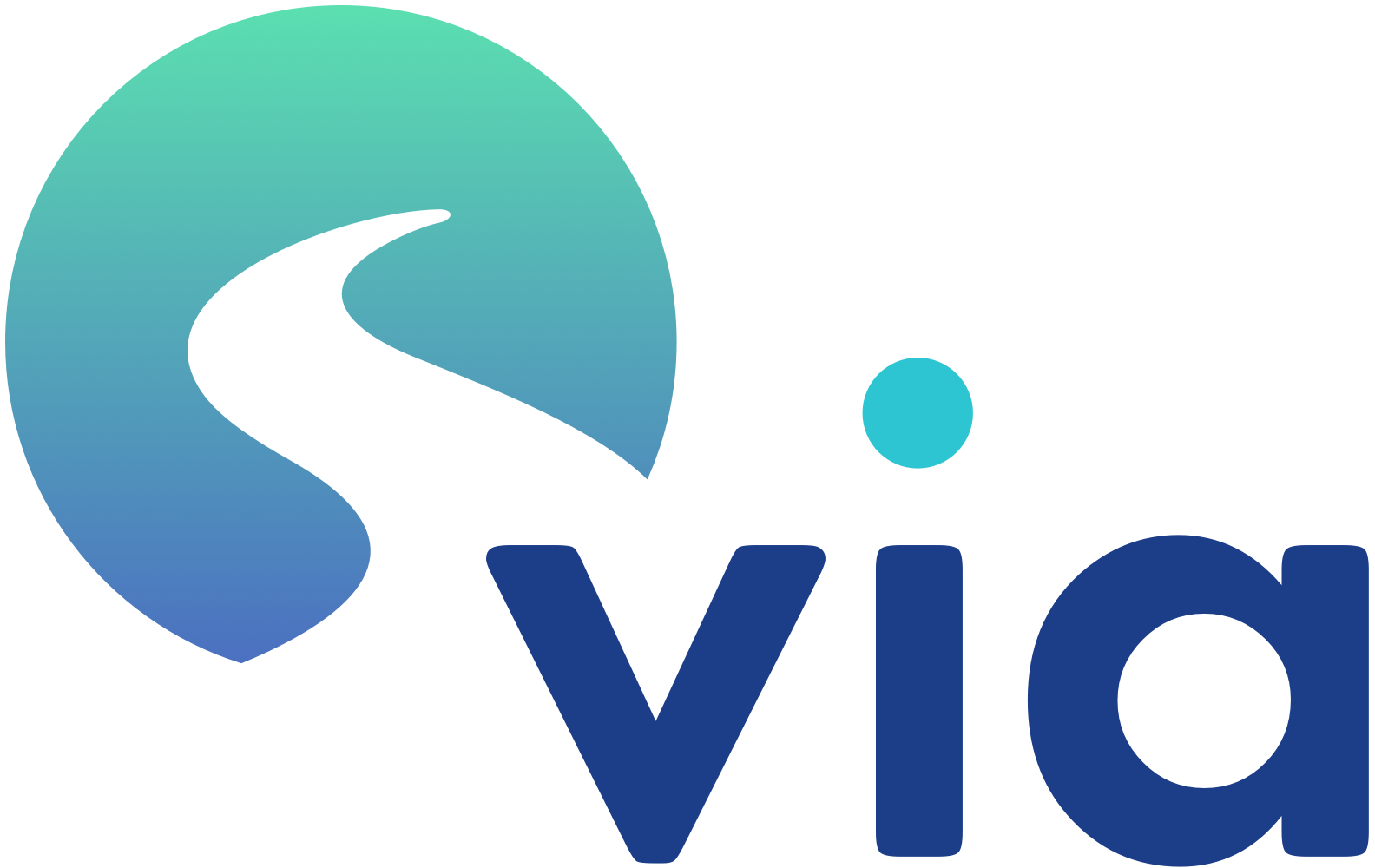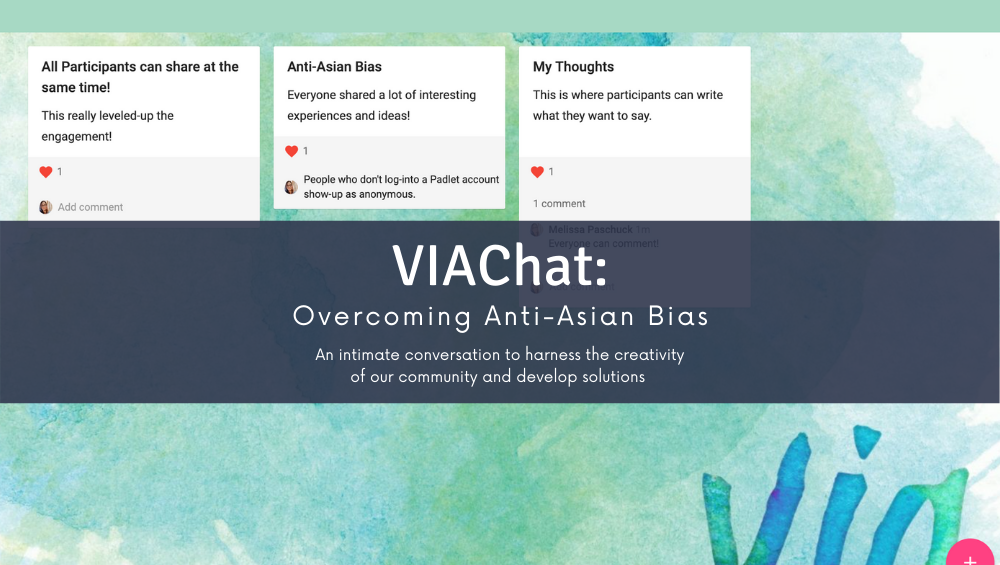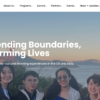Last month, during Asian Pacific American Heritage Month, we hosted our first ever VIAChat on addressing anti-Asian bias in the wake of COVID-19. If you’ve participated in one of our programs or are a friend of VIA, you may realize that developing programming that specifically grapples with diversity, equity, and inclusion is a bit unusual for us. Although our program participants often discuss issues of race, be it US race relations, race issues within Asia, or within their own countries, this is the first time VIA convened a group in the public arena to talk about how we might address race-based bias.
So it was with some trepidation and anxiety that we made the decision to enter into this conversation outside our virtual office space. We acknowledged our lack of expertise in addressing racism and bias. We wondered how well our abilities to facilitate conversations about empathy and cross-cultural communication would translate to this sensitive and potentially traumatic topic. And yet, we didn’t allow ourselves to back down from the challenge, even though we all tried to at one point or another. It was the strength of our team that kept us moving forward. Because we trusted each other enough to be vulnerable and share our fears, we were able to support each other in the most positive and important ways. We knew we had a responsibility — as educators, as social impact leaders, as community members — to leverage our skills and resources to challenge ourselves and our community.
Capitalizing on our expertise in the art of convening, our ever-increasing skills in online facilitation, and, most importantly, the wisdom and experience of the VIA community and others who would participate, we created a space for others to be heard and listened to. Giving the participants the opportunity to share their experience and struggles was more important to us than galvanizing them into action. Ultimately, we designed the VIAChat to set the context for our conversation and establish norms and reserved the bulk of the time to discuss four questions in small groups:
- What types of anti-Asian bias or harassment have you seen, heard about, or experienced in your communities since COVID-19?
- What are the ways, if any, that your communities are addressing these causes of racial bias?
- What are some challenges that make it difficult to address racial bias?
- Within your “circles of influence” how might you address anti-Asian bias?
We employed Padlet, a simple virtual “whiteboard” tool to capture all of our participants’ stories and perspectives, to increase engagement, and to accommodate different communication style preferences during our discussions. In combination with the overall design of the VIAChat, Padlet helped us design a virtual event from the ground-up rather than focus on adapting an analog event into a digital space. It allowed every person to be “heard” by enabling everyone to share simultaneously. Further, participants were able to respond to each other by making live comments and “liking” posts. Using Padlet was such a success that our online conversation about a difficult topic seemed even more engaging and robust than what’s possible in an in-person program.
A lovely sidenote: we learned later that a few attendees who were alumni of our medical programs and who have been coordinating an initiative in Japan called Do Our Bit decided to host their own VIAChat to discuss the effects of COVID in Japan and the US. They enjoyed the interactivity of our session and were inspired to add some elements that we experimented with in their own session.
Read an interview with VIA medical programs alumni who organized the Do Our Bit project and learn more on their website (in Japanese).
After the VIAChat concluded, we asked the participants to give us feedback via a survey. The results were overwhelmingly positive. One of our participants challenged us and asked, “What does VIA do to build on this experience?” We’ve been pondering this challenge since then and will continue to ask ourselves this question with each “next step” we take.
In light of growing mobilization for Black lives after the murder of George Floyd and so many others, and seeing all of the ways that individuals and organizations are taking action to address racism, that question takes on a meaning that is broader than was probably originally intended. We were heartened by our first foray into this space, but we know that there is so much learning for us to do, and so much inspiration we can draw from others.
Here are a few commitments we are making today:
- Hosting a series of VIAChat book club meetings centered around the book Not Light, But Fire by Matthew Kay, so we can discuss with other educators about how to facilitate discussions about race in our programs and classrooms. If you’d be interested in joining the book discussion group, you can sign up here.
- Reviewing our internal processes for ways that better promote Diversity, Equity, and Inclusion (DEI) – for example, in our hiring process or our participant applications.
- Reviewing the vendors we use, the organizations we partner with, and the grants we pursue in regards to their DEI policies and processes.
- Embedding social justice as a potential fourth pillar of our curriculum, alongside cross-cultural competence, creative problem-solving, and leadership.
The best thing about VIA has always been the empathetic and creative people that make up our community. We hope you will join us in these initiatives and share your feedback as we take these small steps forward. We also want to hear from our community about what other ways we can overcome racism.
These are a few of the resources that we found helpful as we developed the VIAChat and as we continually seek to learn more about anti-Asian bias and harassment. These were shared out with the VIAChat attendees after the session. Do you know of other good resources? Let us know!
- Dealing with online harassment:
- Share your story to help track incidents:
- Bystander intervention trainings:
- Resources to fight bullying and hate:
- Why people create stigma & how to stop stigma related to COVID-19:
- Centers for Disease Control and Prevention (CDC) (see FAQs under Coronavirus Disease 2019 Basics)




